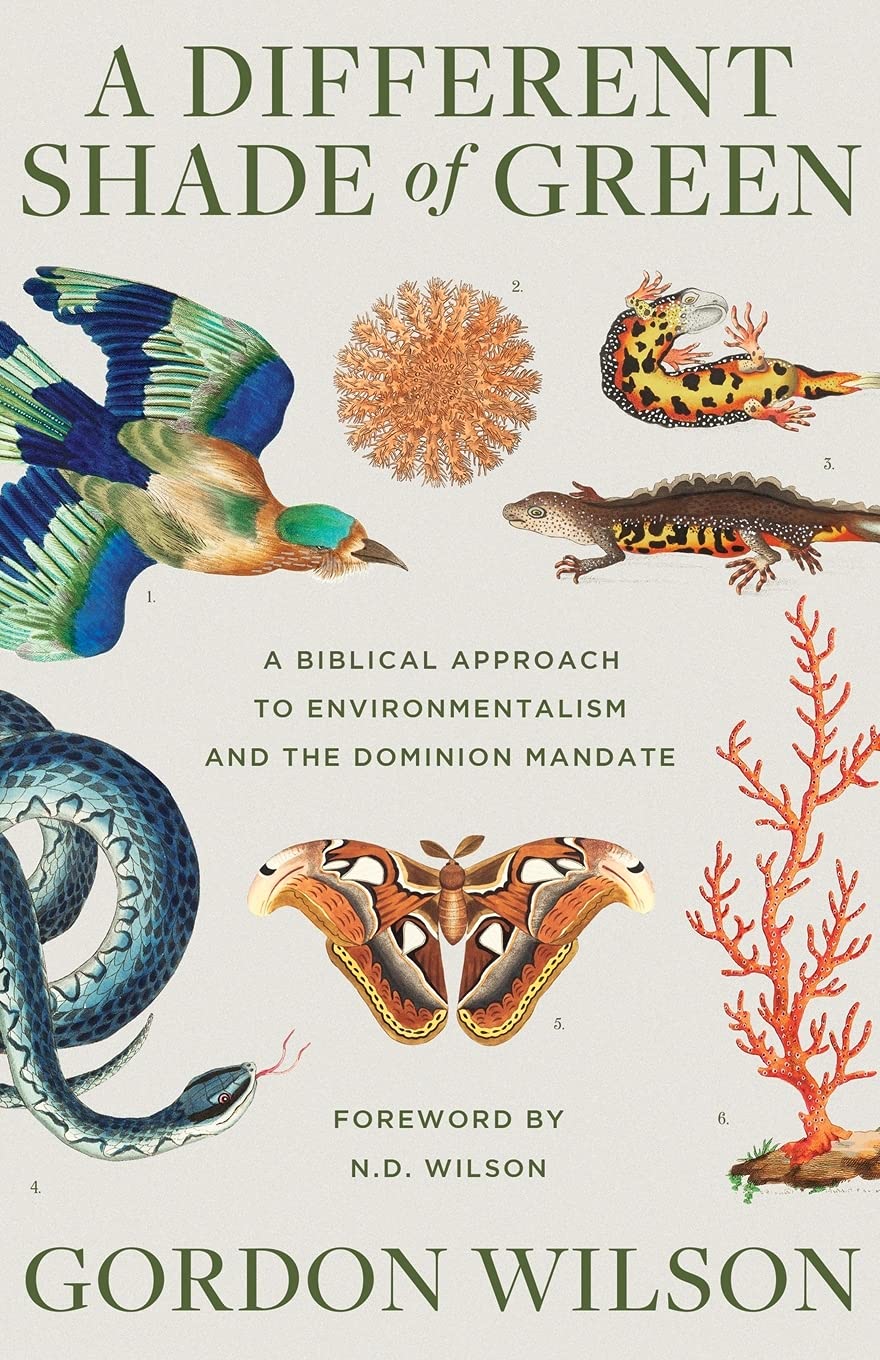Science is not everybody’s cup of tea. Most people are busy – and their major interest may be work or family or church related. So why should you or anybody else care about physics or any other science related issue? The fact of the matter is that scientific theories have huge effects on public attitudes. It is always a good idea to keep an eye on current developments. Certainly there are few theories as famous today as the Big Bang. Even some Christian apologists make a special point of supporting long ages and Big Bang cosmology. They may be less inclined to do that in the future.
A recent brief communication to the journal Nature (418 # 6898) boasted the unpromising title “Black holes constrain varying constants.” This didn’t look like a bombshell, but just another ho hum technical article. Appearances however can be deceiving. The article discussed a strange observation. In the night sky a tiny pinpoint of light (assumed to be extremely distant and highly energetic) was found to exhibit a strange quality in its light spectrum. Quasars (short for quasi stellar objects) have always been considered weird, but this one was even more so. The most likely explanation according to physicists Paul Davies, Tamara Davis and Charles Lineweaver, was that the speed of light from this object had changed at some point. This idea, they admitted, could have starting implications. Indeed it could. Some creation model supporters, for example, have been laughed at for suggesting that light moved faster in the past. If this were the case, the universe would appear much younger and perhaps smaller.
We credit Einstein and his famous equation (E=mc2) with the idea that the speed of light is a constant. Until recently, most scientists refused to consider that Einstein’s 1905 equation might not always apply. Recently however there have been several hints that the constant is in trouble. Amateur physicist Barry Setterfield (1981 and 1987) suggested that the speed of light has declined exponentially. Then in 1987 Russian physicist V. S. Troitskii (Astrophysics and Space Science 139: 389-411) proposed that reductions in the speed of light had caused the red-shifts of distant galaxies. This could have embarrassed big bang cosmologies which are heavily based on red shift data. Few people however paid attention. Then in 1999 J. Barrow, and also the team of A. Albrecht and J. Magueijo (Physical Review D 59: 043515 and 043516 respectively) both proposed that the speed of light had been much greater in the past – but only for a very brief time.
Attitudes obviously were changing (somewhat) but this was all theoretical. Now there are laboratory studies as well. In July 2000, physicists in Princeton NJ at the NEC Institute managed to send a pulse of light 310 times faster than expected. Similarly in January 2001, two research teams (both located in Cambridge, Massachusetts) managed to stop light in its tracks and then send it on its way again! Strange times indeed in science. Never again, one presumes, will scientists laugh at cosmological scenarios (including the creation model) that involve a declining speed of light.
Margaret Helder
December 2002
Subscribe to Dialogue







